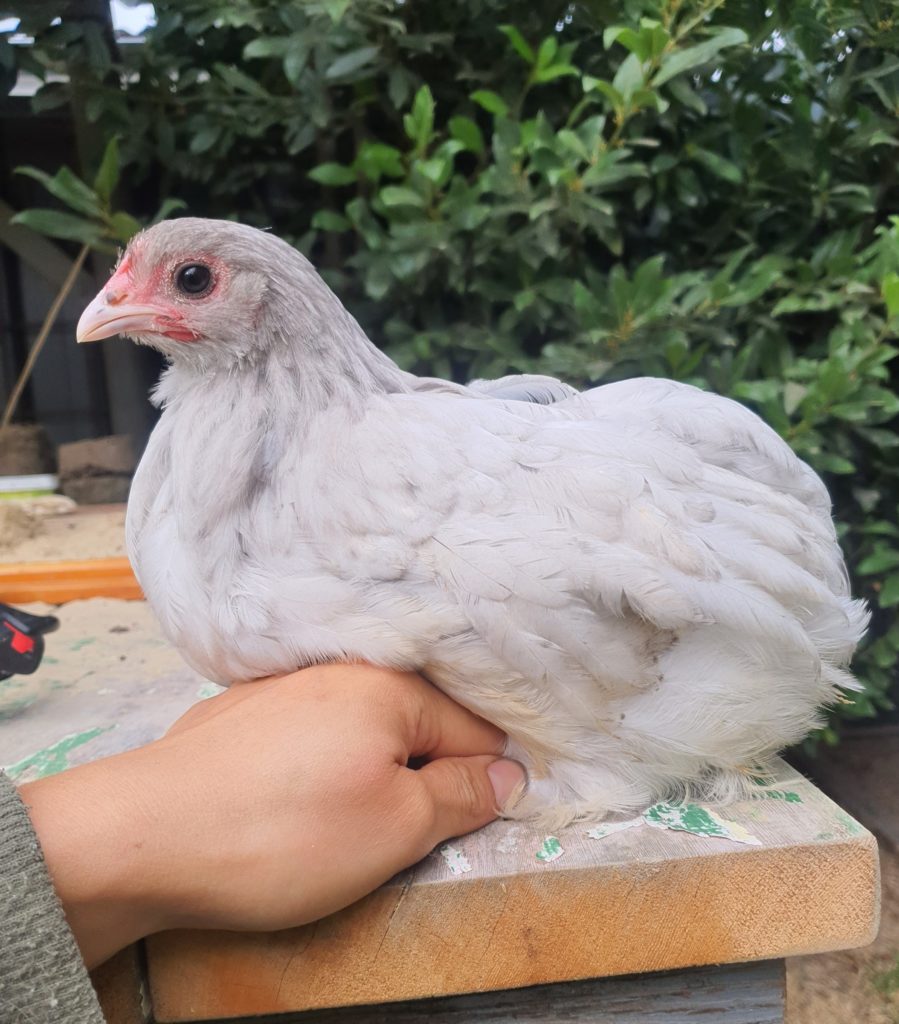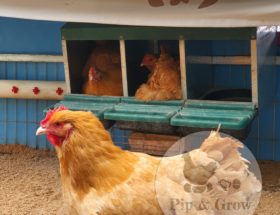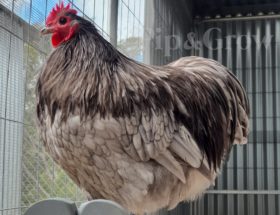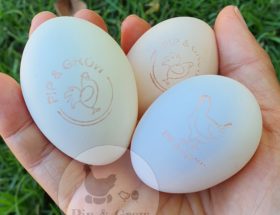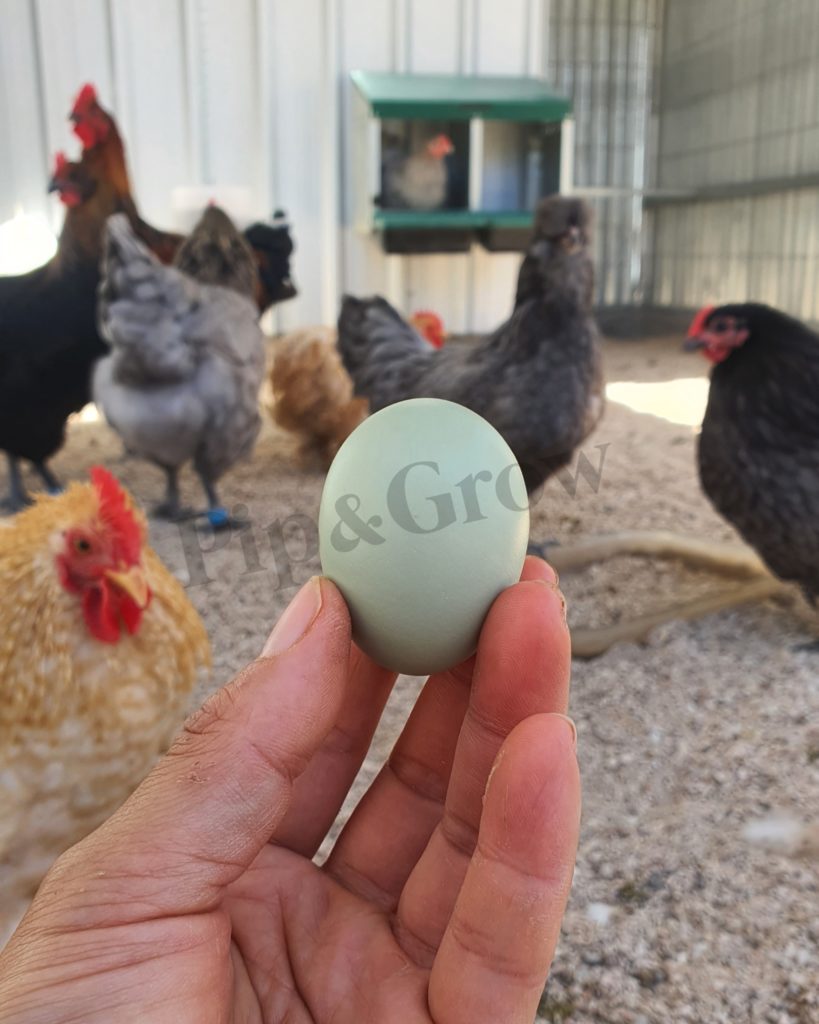
To hold an egg in our hands,
At Pip & Grow, biosecurity is one of our highest priorities. Many poultry diseases are spread by “silent carriers”—birds that appear healthy but are actually exposed to diseases and can transmit them to others. It only takes one infected bird to devastate an entire flock.
We have invested a significant amount of time, effort, and care into establishing our current breeding program. The last thing we want is to risk losing our birds to introduced diseases brought in by new birds, which could save us time but pose a significant threat to our existing flock. For this reason, we have chosen to have our breeding birds hatched from fertile eggs. This approach helps minimize the risk of introducing diseases to our flock, maintain vaccination program effective, ensuring the health and integrity of our breeding program.
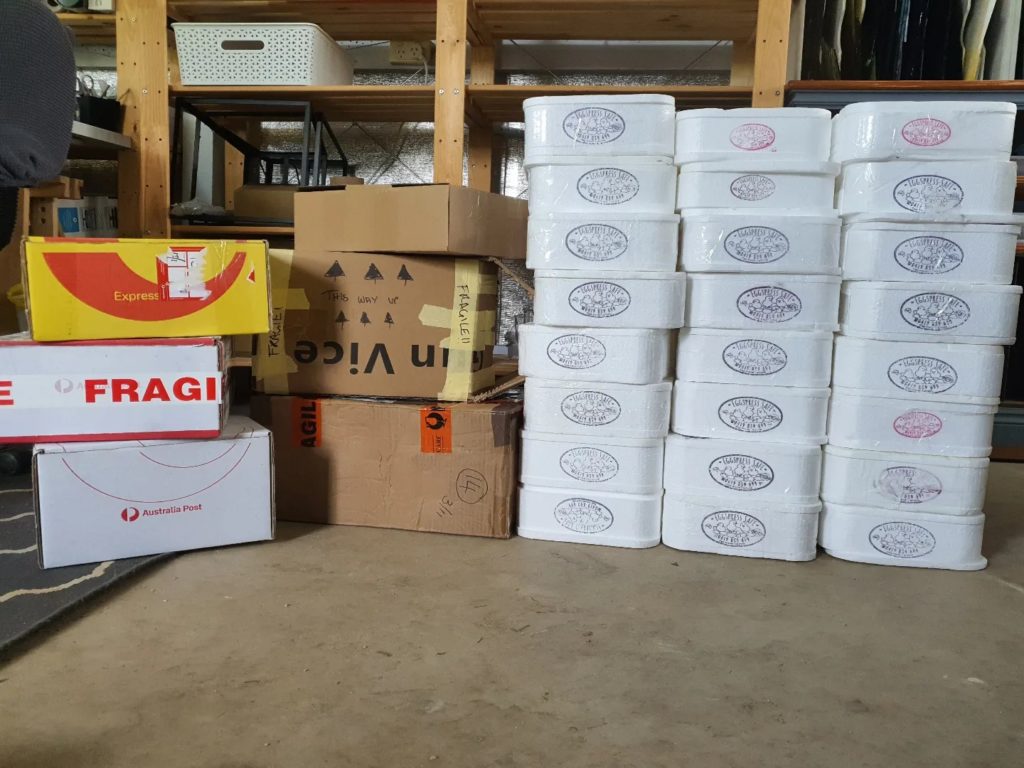
Starting a new breed line often involves acquiring several dozen eggs from different sources to ensure genetic diversity. Unfortunately, not all eggs survive transportation or hatch successfully, which presents challenges in establishing a new breeding group. Once hatched, our birds undergo vaccination for various diseases. They also receive top-quality feed, supplements, and meticulous care to ensure their health and vitality. Establishing a decent breeding group for one breed typically takes 18 to 24 months of dedicated work, involving careful selection, breeding, and management to produce birds that meet our standards for quality and genetic diversity.
For example, our Brahma breeding group began with a total of 4 dozen eggs purchased from various top Brahma breeders, each dozen costing between $180 to $250. Each batch of eggs underwent a 3-week incubation period. Out of these efforts, total 18 chicks successfully hatched from 4 dozen of eggs.
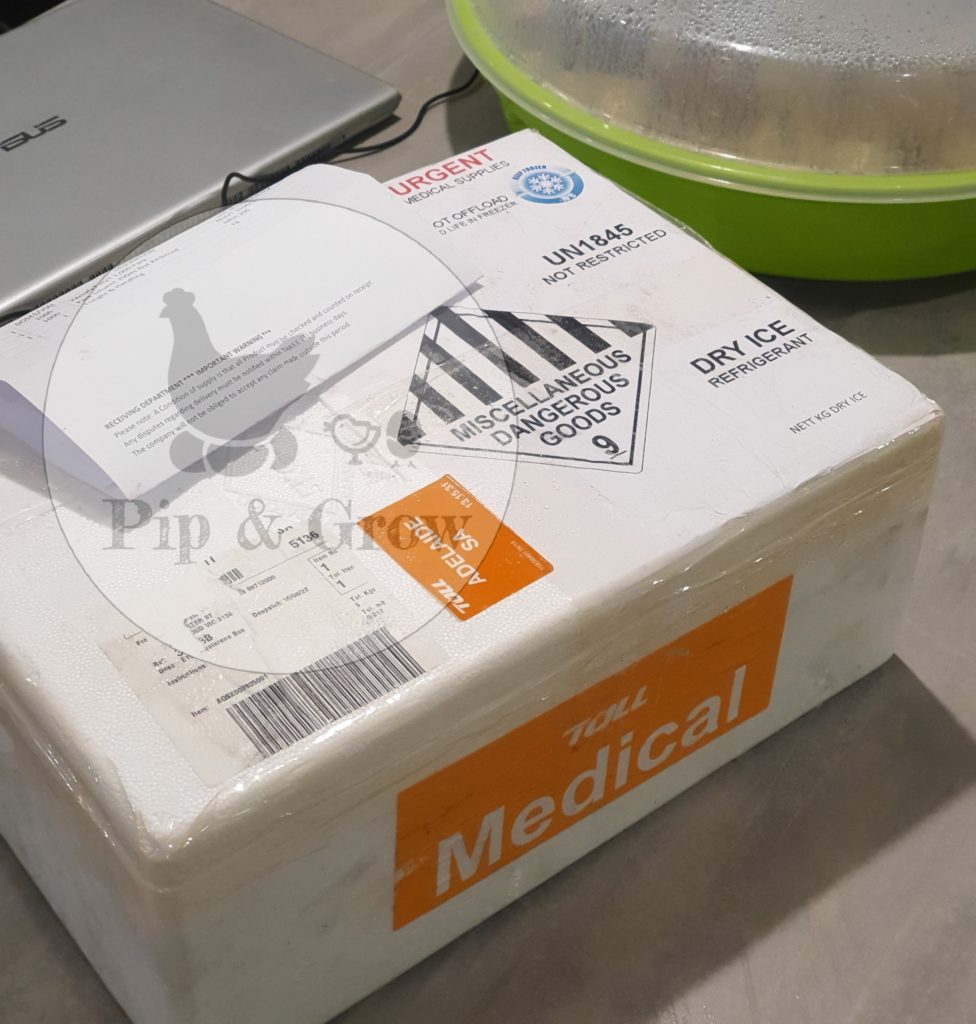
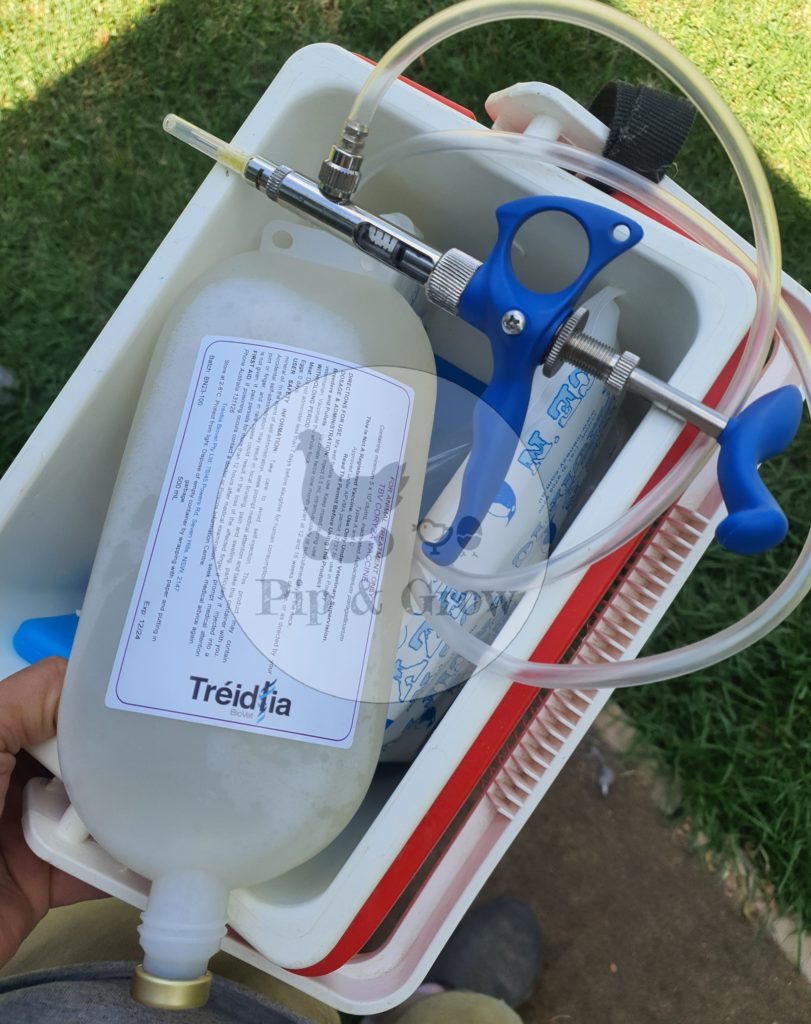
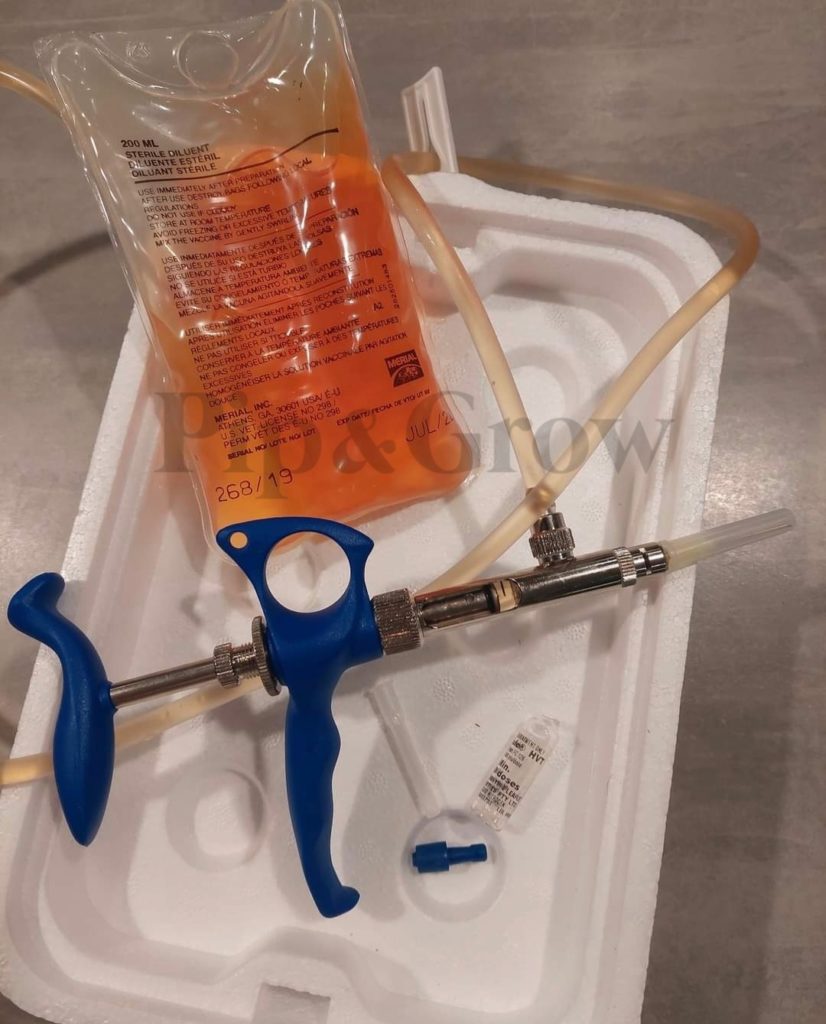
Over the course of close to 16-18 months, these chicks received 7 vaccinations and were provided with top-quality feed and care. Any birds that exhibited disqualifying traits according to breed standards were culled along the way, including a few were not deemed fit for breeding. From this process, we selected 1 male and 3 females, totaling 4 birds, to form our breeding pens.
This demonstrates the significant time, effort, and cost required to establish a quality breeding group from scratch, especially when compared to purchasing a ready-to-breed bird or breeding group.

Furthermore, we prioritize the well-being of our breeding birds by ensuring they are housed in clean and spacious pens where they feel comfortable. We dedicate a significant portion of our profits and time to provide the best possible conditions for our birds, often focusing on aspects that may not be immediately visible. Our commitment to their health and well-being is paramount, as we believe that happy and healthy birds will produce strong offspring.
The care and maintenance of our breeding stock entail considerable resources, including investment in quality feed, supplements, vaccination costs, and veterinary care.
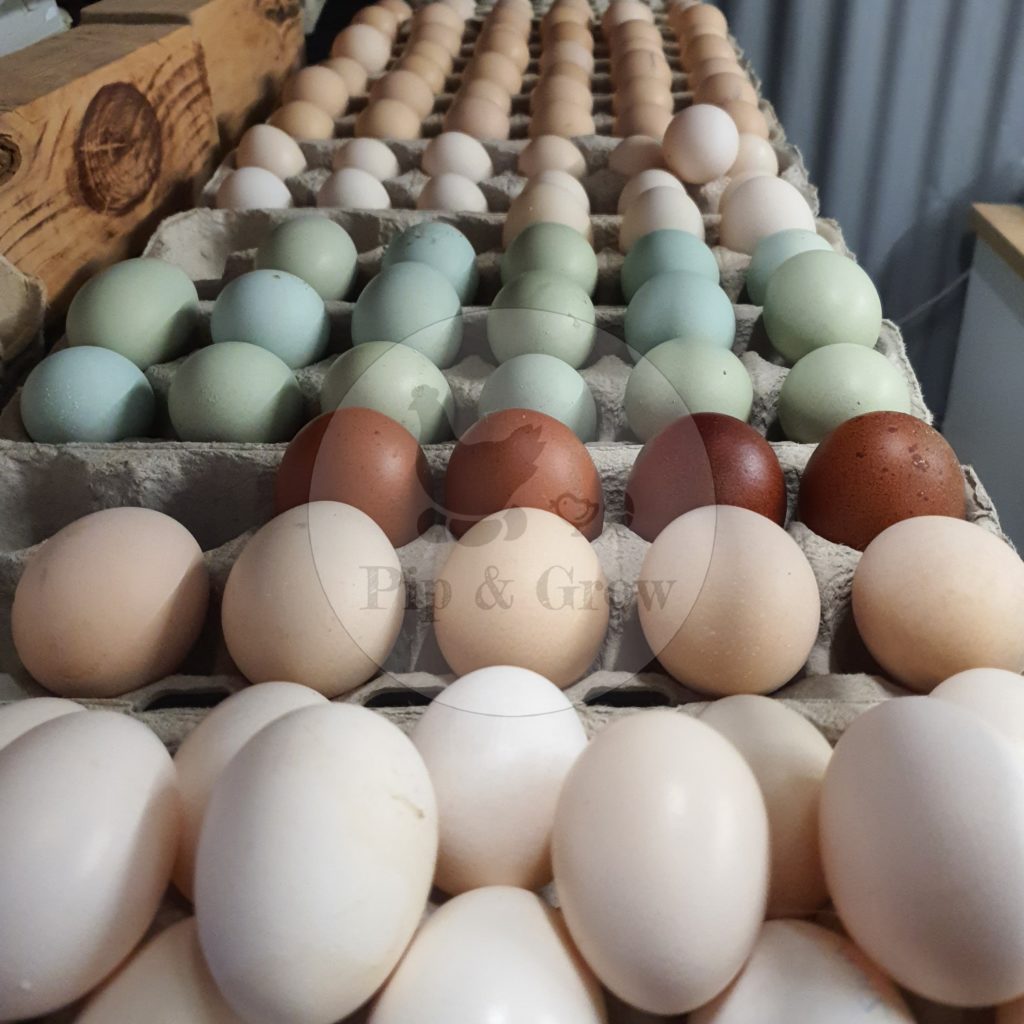
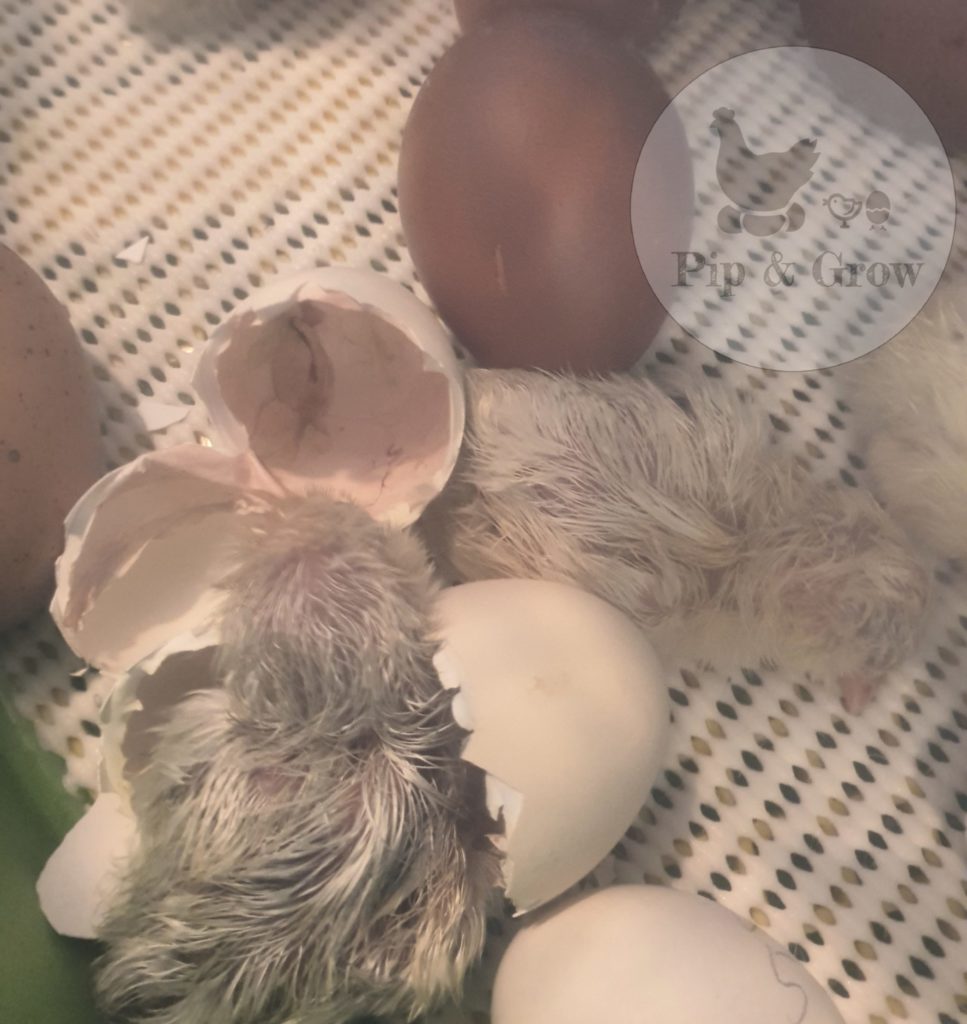
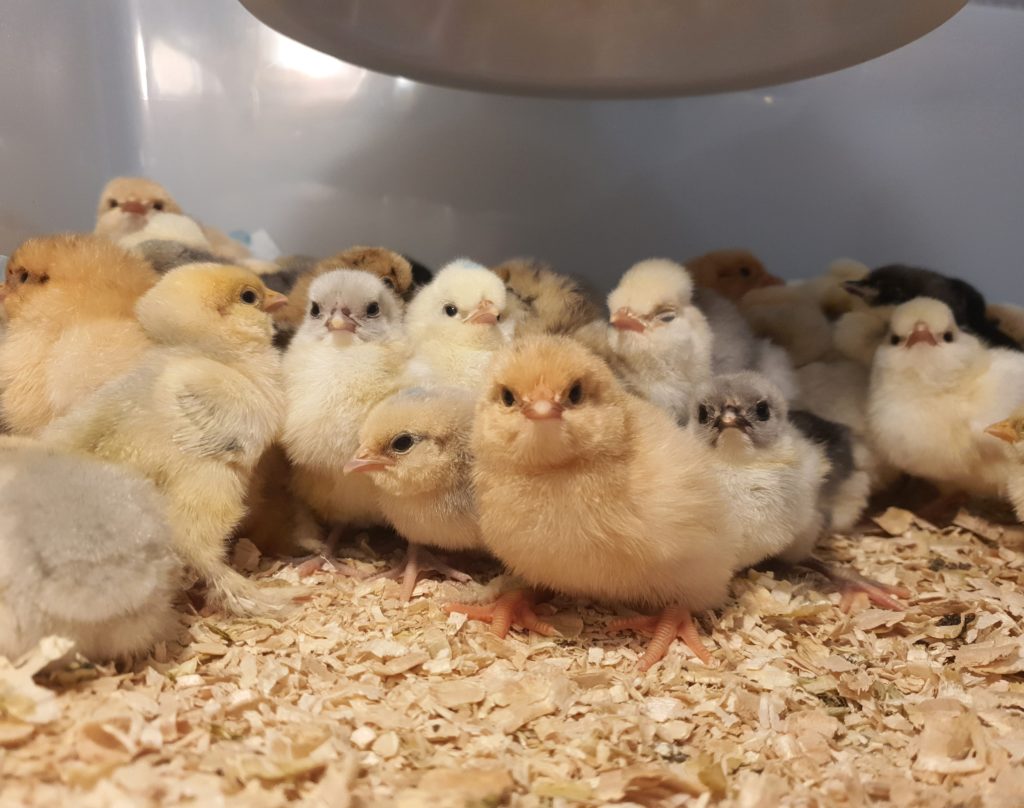
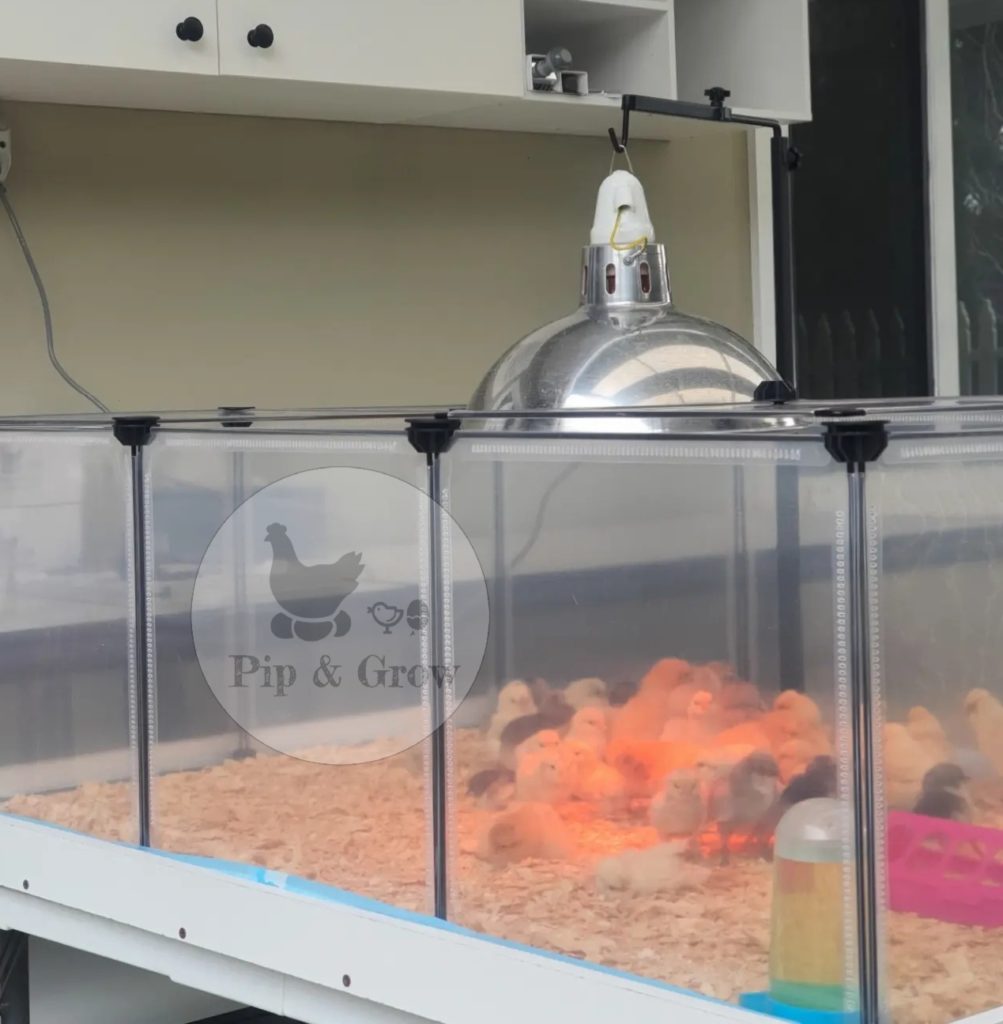
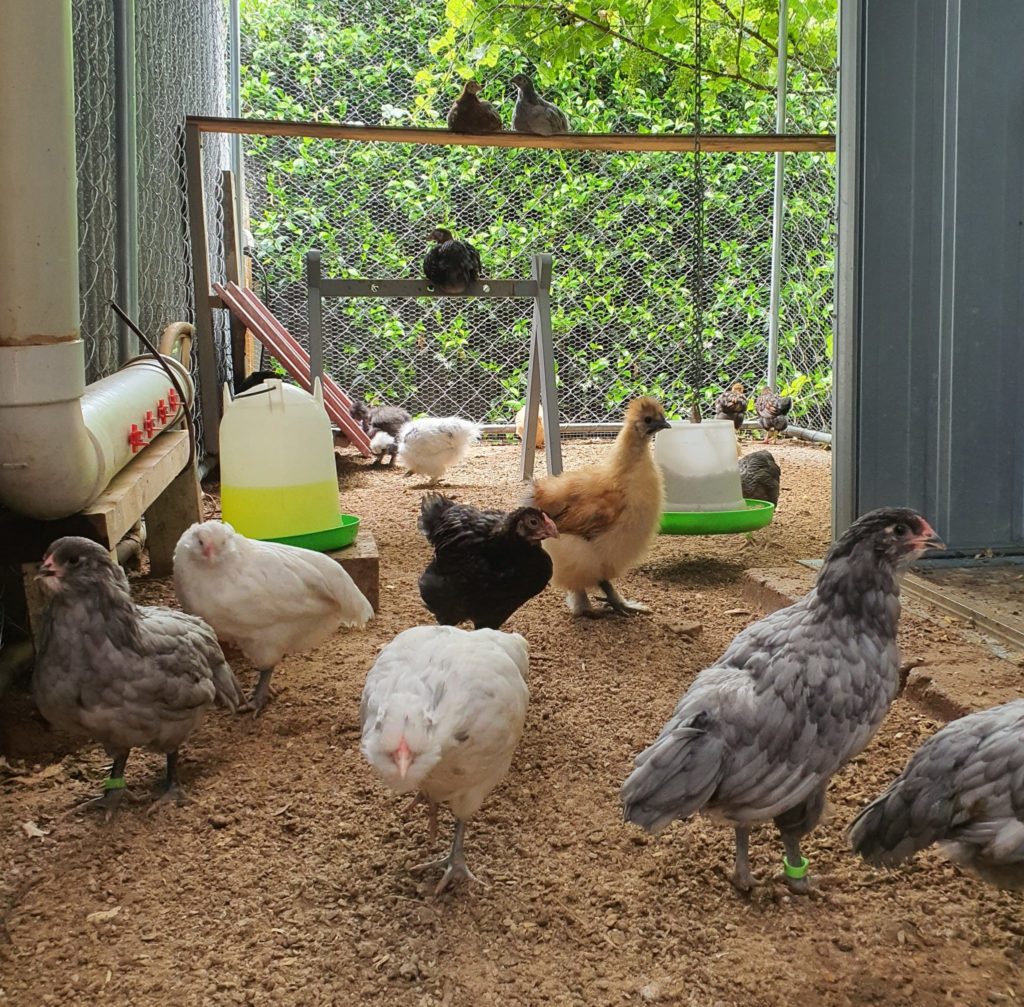
Price of a hen
After dedicating considerable effort to raise our breeders, they finally begin producing fertile eggs, primarily between August and January, with the remaining months considered non-productive.
We meticulously incubate these eggs for three weeks, ensuring optimal conditions for development. Upon hatching, each chick receives vaccinations costing approximately $350+ per vaccine. We administer two distinct vaccines, necessitating a fresh batch for each hatching cycle.
Initially, Unsexed day-old chicks are available for purchase at $25-$35 each.
From this point to raise a pullet,
For the first six weeks, we provide attentive care in a heated brooder. The chicks undergo four vaccination protocols, including two that require additional doses, amounting to $1000-$1200 for a full batch.
As the chicks mature to nine weeks old and can be offered as sexed pullets, we face a significant reduction in our saleable stock—often losing at least 50% to males. This process involves substantial resources: feed, water, electricity, and countless hours of labor.
So, what is the appropriate price for a small-scale breeder like us to charge for a chicken?
We recognize that opinions on the “Cost of Poultry” can vary widely. We kindly ask for your understanding that our pricing is a direct reflection of the meticulous attention and resources we dedicate to each bird. This commitment sets us apart from “others” in the field. Our prices are determined by the intrinsic value of our labor, rather than market comparisons. While our offerings may not be the most economical, they are intended for those who acknowledge and appreciate the extraordinary care and dedication that goes into our unique breeding practices.
